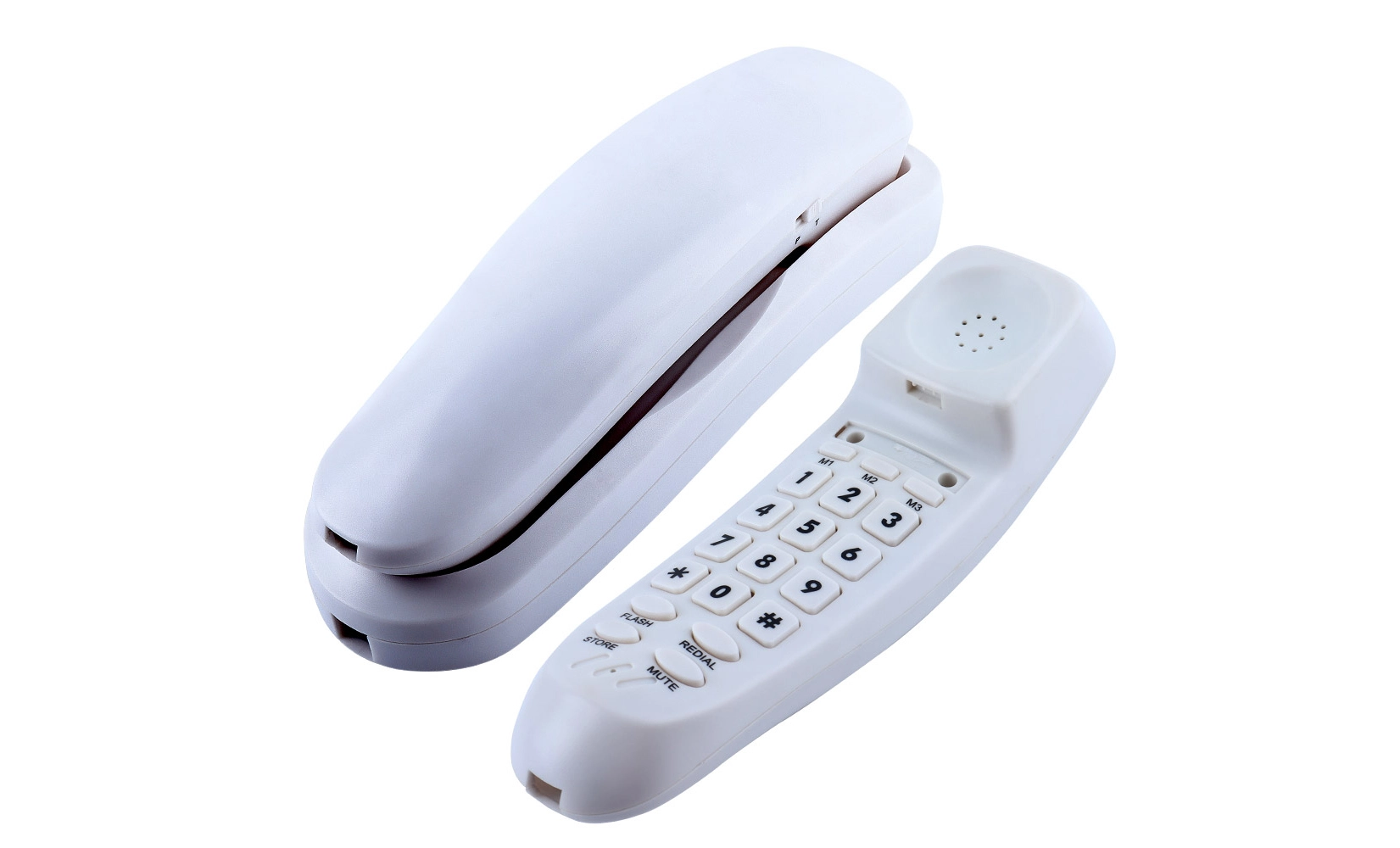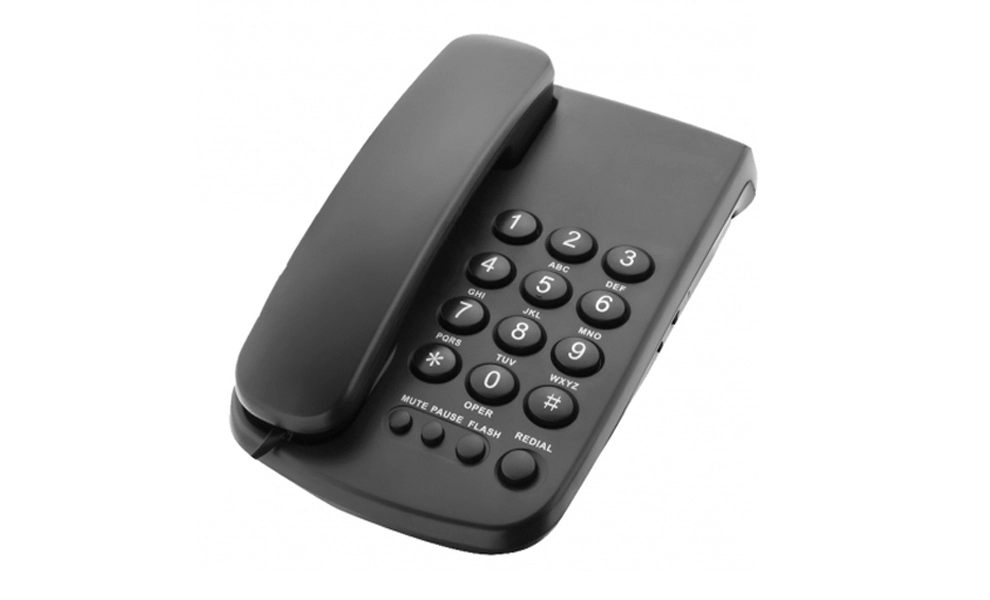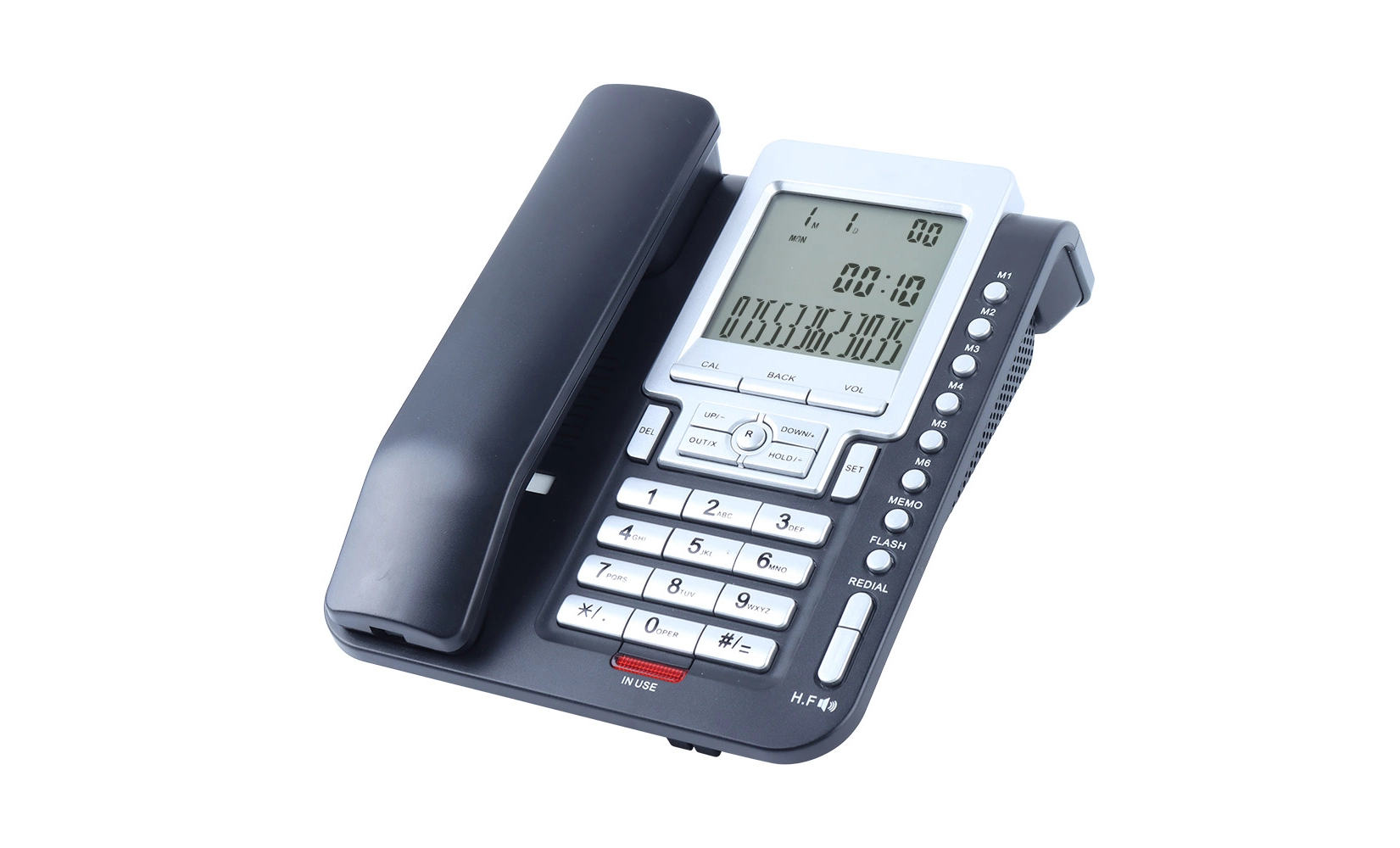From Innovation to Icon: The Story of the Trimline Telephone
The Trimline telephone, introduced by Western Electric in 1965, revolutionized home communications with its sleek design and innovative features. This groundbreaking device integrated the dial and handset, creating a more compact and user-friendly phone. The Trimline's ergonomic shape and lighted keypad set new standards for telephone aesthetics and functionality. Its popularity soared, becoming a cultural icon that symbolized modern living and technological progress. The Trimline's influence extended beyond its era, inspiring future generations of telephone designs and leaving an indelible mark on the history of telecommunications.
The Birth of a Revolutionary Design
The Trimline telephone emerged from a desire to create a more streamlined and efficient communication device. In the early 1960s, Western Electric, the manufacturing arm of Bell System, recognized the need for a phone that could address the limitations of existing models. The company assembled a team of engineers and designers, led by Donald Genaro and Henry Dreyfuss, to reimagine the telephone's form and function.
The development process was meticulous, involving numerous prototypes and refinements. The team's primary goal was to create a phone that was not only aesthetically pleasing but also more comfortable to use. They focused on integrating the dial or keypad into the handset, a radical departure from traditional designs where these components were separate.
Ergonomics and User-Centric Design
One of the most significant innovations of the Trimline telephone was its emphasis on ergonomics. The designers carefully studied hand movements and grip patterns to create a handset that fit comfortably in users' hands. This attention to human factors resulted in a gently curved shape that naturally aligned with the contours of the face and hand.
The integration of the dial into the handset was a game-changer. It allowed users to dial numbers without having to cradle the phone between their shoulder and ear, a common practice with older models that often led to discomfort and potential neck strain. This feature was particularly beneficial for people who spent long hours on the phone, such as office workers and teenagers.
Illuminating Innovation
Another groundbreaking feature of the Trimline telephone was its lighted dial. This illumination was powered by the phone line itself, eliminating the need for batteries or external power sources. The soft glow of the dial made it easy to use the phone in low-light conditions, a convenience that was particularly appreciated for late-night calls or in dimly lit rooms.
The lighted dial was not just a practical feature; it also added to the phone's aesthetic appeal. The gentle illumination gave the Trimline a futuristic look that aligned perfectly with the space-age design trends of the 1960s. This blend of functionality and style would become a hallmark of the Trimline's enduring popularity.
Impact on Popular Culture and Consumer Behavior
The Trimline telephone quickly transcended its role as a mere communication device to become a cultural icon. Its sleek design and innovative features captured the public's imagination, making it a symbol of modern living. The phone's popularity soared, and it soon became a must-have item in homes across America.
Hollywood embraced the Trimline, featuring it prominently in movies and television shows. The phone's stylish appearance made it a perfect prop for depicting cutting-edge offices and fashionable homes. This media exposure further cemented the Trimline's status as a desirable consumer product.
Shifting Consumer Expectations
The success of the Trimline telephone had a profound impact on consumer expectations for communication devices. People began to demand more from their phones, both in terms of functionality and aesthetics. This shift in consumer mindset paved the way for future innovations in telephone design and eventually influenced the development of mobile phones and smartphones.
The Trimline also played a role in changing how people interacted with their telephones. The ability to comfortably hold and dial the phone with one hand encouraged longer conversations and more frequent use. This increased engagement with telephones as everyday objects foreshadowed the intense relationship many people would later develop with their mobile devices.
A Canvas for Personal Expression
As the Trimline gained popularity, it became available in a wide range of colors and finishes. This variety allowed consumers to choose phones that matched their decor or expressed their personal style. The phone transformed from a utilitarian device into a decorative element in homes and offices.
This trend towards personalization in telephone design was a precursor to the highly customizable mobile phones and cases we see today. The Trimline demonstrated that consumers were willing to pay a premium for devices that not only functioned well but also looked good and reflected their individuality.
Legacy and Influence on Modern Telecommunications
The influence of the Trimline telephone extends far beyond its original production run. Its design principles and innovations have left an indelible mark on the telecommunications industry, shaping the development of subsequent phone models and even influencing the design of early mobile phones.
The emphasis on ergonomics and user-friendly design that the Trimline pioneered has become a standard in the industry. Modern smartphones, with their sleek profiles and intuitive interfaces, owe a debt to the groundwork laid by the Trimline's designers. The concept of integrating multiple functions into a single, handheld device is a direct descendant of the Trimline's innovative handset-dial combination.
Inspiring Future Innovations
The success of the Trimline telephone encouraged other manufacturers to push the boundaries of telephone design. It sparked a wave of innovation in the industry, with companies competing to create phones that were not only functional but also aesthetically pleasing and ergonomically sound.
This legacy of innovation continues to this day. The principles of compact design, user-centric functionality, and aesthetic appeal that the Trimline embodied are still guiding the development of modern communication devices. From cordless home phones to the latest smartphones, the DNA of the Trimline can be seen in their design and functionality.
A Timeless Design
Despite the rapid advancements in technology, the Trimline telephone has maintained its appeal. Vintage models are sought after by collectors and design enthusiasts, appreciating its timeless aesthetics and historical significance. The phone's enduring popularity is a testament to the strength of its original design and its cultural impact.
Modern reissues of the Trimline continue to be produced, often incorporating contemporary technology while maintaining the classic form factor. These updated versions demonstrate the design's versatility and its ability to remain relevant in a digital age.
Conclusion
The story of the Trimline telephone is a testament to the power of innovative design and its ability to shape culture and technology. From its inception as a solution to the limitations of existing phones to its status as a design icon, the Trimline has left an indelible mark on the history of telecommunications.
Its influence extends beyond its physical form, having shaped consumer expectations, industry standards, and the very way we interact with communication devices. As we continue to push the boundaries of technology, the principles embodied by the Trimline - elegance, functionality, and user-centric design - remain as relevant as ever.
The Trimline telephone serves as a reminder that true innovation is not just about adding features or increasing power, but about fundamentally rethinking how we interact with technology. It stands as an enduring symbol of how thoughtful design can transform everyday objects into cultural icons, influencing not just their immediate users but entire industries and generations to come.
18+ years of trimline phone OEM excellence & design | CHEETA
CHEETA, with over 18 years of expertise in trimline phone OEM and design, stands at the forefront of analog telephone manufacturing. Our 1,200㎡ Shenzhen factory, equipped with 100+ skilled workers and 10 senior engineers, produces 1,000 high-quality analog units daily. We prioritize quality, adhering to CE and ROHS standards with an 11-step inspection process, ensuring a failure rate below 1%. CHEETA offers a range of sleek, functional designs including wall-mountable options and space-saving models ideal for various environments. For inquiries about our cutting-edge telephone solutions, please contact us at allen@cheeta.com.cn.
References
1. Dreyfuss, H. (1967). "The Measure of Man: Human Factors in Design." Whitney Library of Design.
2. Fischer, C. S. (1992). "America Calling: A Social History of the Telephone to 1940." University of California Press.
3. Galambos, L. (1992). "Theodore N. Vail and the Role of Innovation in the Modern Bell System." Business History Review, 66(1), 95-126.
4. Mercer, D. (2006). "The Telephone: The Life Story of a Technology." Greenwood Publishing Group.
5. Young, P. (1991). "Person to Person: The International Impact of the Telephone." Granta Editions.

Kindly inform us your interested product and your detailed requirement, so that we can give you a best suggestion.

Shenzhen Cheeta Technology Co., Ltd – Leading Communication Telephone Manufacturer



